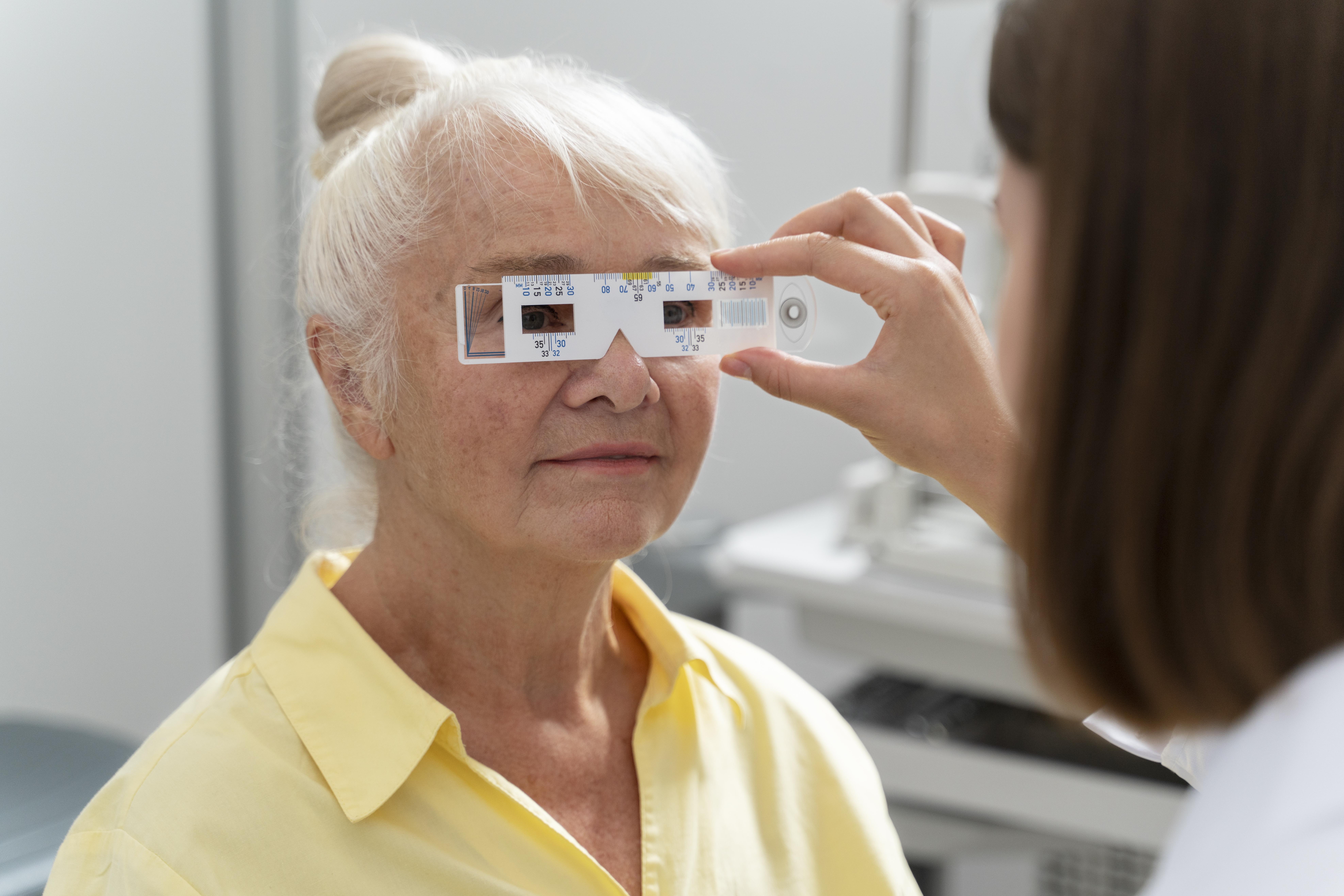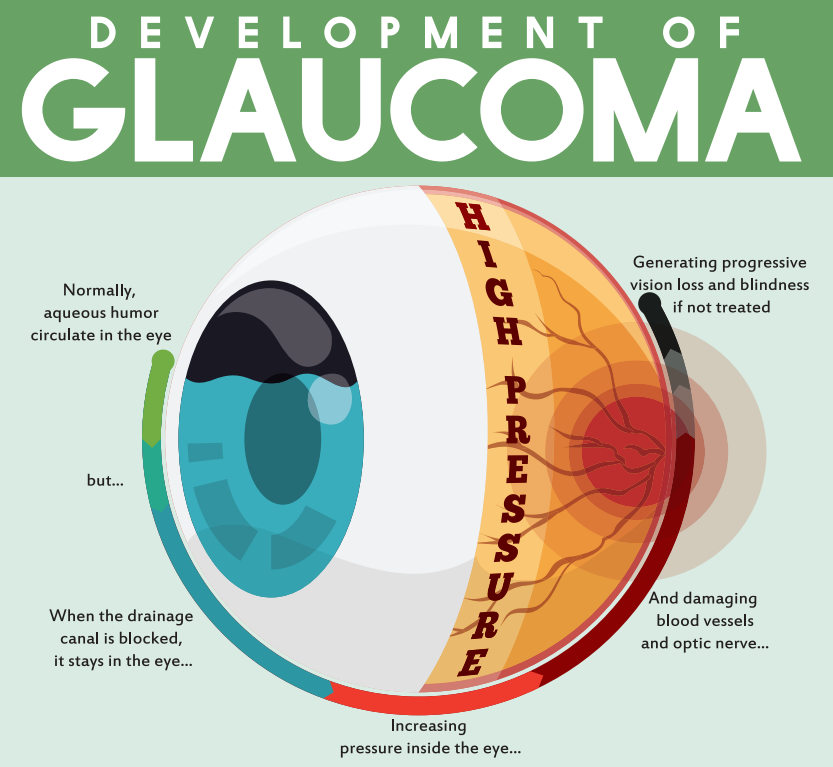Dependable Glaucoma Service Near Me: Safeguard Your Vision with Professionals
Dependable Glaucoma Service Near Me: Safeguard Your Vision with Professionals
Blog Article
Recognizing the Various Vision Modification Procedures Available for Clearer Sight
In the realm of vision improvement treatments, a wide range of alternatives exist to attend to refractive mistakes and give individuals with clearer view. From the extensively identified LASIK surgery to less intrusive treatments like PRK and implantable lenses, the field of ophthalmology provides an array of methods tailored to match different requirements and choices. Each treatment features its own collection of factors to consider, advantages, and potential threats. Recognizing the nuances of these vision correction methods is critical for making informed decisions about one's visual wellness. Let's check out the ins and outs of these treatments and clarified the path to accomplishing enhanced vision quality.
LASIK Surgery
LASIK surgery is a common refractive treatment made use of to remedy vision issues such as nearsightedness, farsightedness, and astigmatism - retina service near me. This surgical technique, which means Laser-Assisted in Situ Keratomileusis, intends to improve the cornea to boost just how light is concentrated on the retina, eventually improving vision quality. During the procedure, a slim flap is developed on the cornea, and a laser is utilized to remove exact quantities of tissue to improve it properly. This reshaping permits light to be accurately concentrated onto the retina, fixing refractive mistakes.
One of the main advantages of LASIK surgical treatment is the fast enhancement in vision experienced by individuals. On the whole, LASIK surgical procedure is a preferred choice for people looking for a long-lasting option for their vision issues.
PRK Treatment
While additionally a common refractive treatment, the PRK (Photorefractive Keratectomy) strategy differs from LASIK surgical procedure in its technique to fixing vision troubles. In PRK, rather of creating a flap on the cornea, the outer layer of the cornea, called the epithelium, is totally removed. This enables the laser to improve the cornea to deal with refractive errors such as nearsightedness, astigmatism, and farsightedness straight externally.

Regardless of the longer recuperation time, PRK can generate excellent cause vision enhancement, making it an important alternative for those who might not appropriate candidates for LASIK surgery.
Implantable Lenses
In comparison to PRK where the cornea is improved straight, implantable lenses use another approach for remedying vision by inserting man-made lenses inside the eye. This procedure is specifically beneficial for people with high degrees of farsightedness, nearsightedness, or astigmatism who might not be suitable prospects for laser surgical procedures like LASIK or PRK.
Implantable lenses, also referred to as phakic intraocular lenses, work by supplementing the eye's natural lens with an artificial one. eyecare near me. These lenses can be placed before the all-natural lens (anterior chamber) or behind the iris and before the natural lens (posterior chamber) By changing the power and positioning of these lenses, ophthalmologists can efficiently correct refractive mistakes and enhance aesthetic acuity
One advantage of implantable lenses is that they are removable and exchangeable, supplying flexibility for future adjustments. As with any type of surgical treatment, there are threats included, such as infection or cataract formation. People considering implantable lenses must seek advice from with an eye care expert to establish one of the most ideal choice based upon their individual demands and eye wellness.
Corneal Rings
Corneal rings, also recognized as intracorneal ring sectors, are little, clear tools placed right into the cornea to remedy vision distortions such as keratoconus. Keratoconus is a problem where the cornea thins and protrudes external, triggering vision to end up being distorted. The insertion of corneal rings helps to flatten the cornea, improving aesthetic skill and lowering the irregular astigmatism caused by keratoconus.
The procedure for placing corneal rings is fairly quick and minimally intrusive, frequently carried out as an outpatient treatment. During the surgical treatment, the ophthalmologist makes a tiny cut in the cornea and inserts the rings at a certain deepness. Once in place, the rings aid to improve the cornea, giving a smoother surface for light to get in the eye, which can lead to clearer vision.
Corneal rings are taken into consideration a relatively easy to fix treatment, as they can be eliminated or changed if essential. refractive surgeries in al. While they might not entirely get rid of the need for glasses or call lenses, corneal rings can substantially enhance vision top quality and general aesthetic comfort for people with keratoconus or other corneal irregularities
Refractive Lens Exchange
Adhering to the correction of corneal irregularities with treatments like corneal rings, another vision improvement method that can deal with refractive mistakes is Refractive Lens Exchange (RLE) RLE is a surgical treatment that entails replacing the eye's all-natural lens with an artificial intraocular lens (IOL) to correct refractive mistakes such as farsightedness, nearsightedness, and presbyopia. This treatment is specifically valuable for individuals who might not be appropriate prospects for treatments like LASIK or PRK due to elements such as thin corneas or high refractive errors.

Conclusion
In conclusion, there are different vision correction procedures readily available to help individuals attain clearer sites sight. LASIK surgical procedure, PRK procedure, implantable lenses, corneal rings, and refractive lens exchange are all choices that can attend to different vision problems. It is essential for people to speak with their eye treatment provider to establish the most ideal procedure based upon their specific needs and choices. With advancements in modern technology, attaining enhanced vision is now more available than in the past.
In the world of vision improvement procedures, a wide variety of alternatives exist to deal with refractive errors and supply individuals with clearer sight.LASIK surgical treatment is an usual refractive procedure made use of to correct vision issues such as astigmatism, farsightedness, and nearsightedness.While additionally a typical refractive treatment, the PRK (Photorefractive Keratectomy) technique differs from LASIK surgery in its strategy to remedying vision problems.Following the improvement of corneal irregularities with procedures like corneal rings, an additional vision improvement technique that Related Site can resolve refractive mistakes is Refractive Lens Exchange (RLE) LASIK surgical treatment, PRK treatment, implantable lenses, corneal rings, and refractive lens exchange are all alternatives that can resolve various vision issues.
Report this page